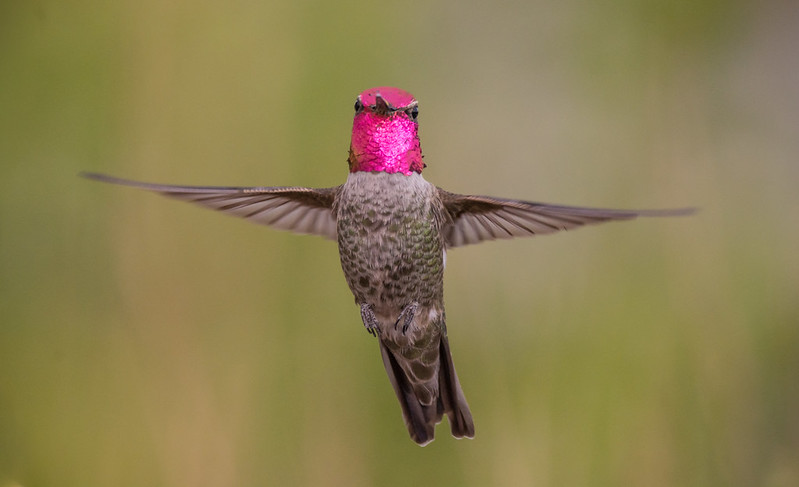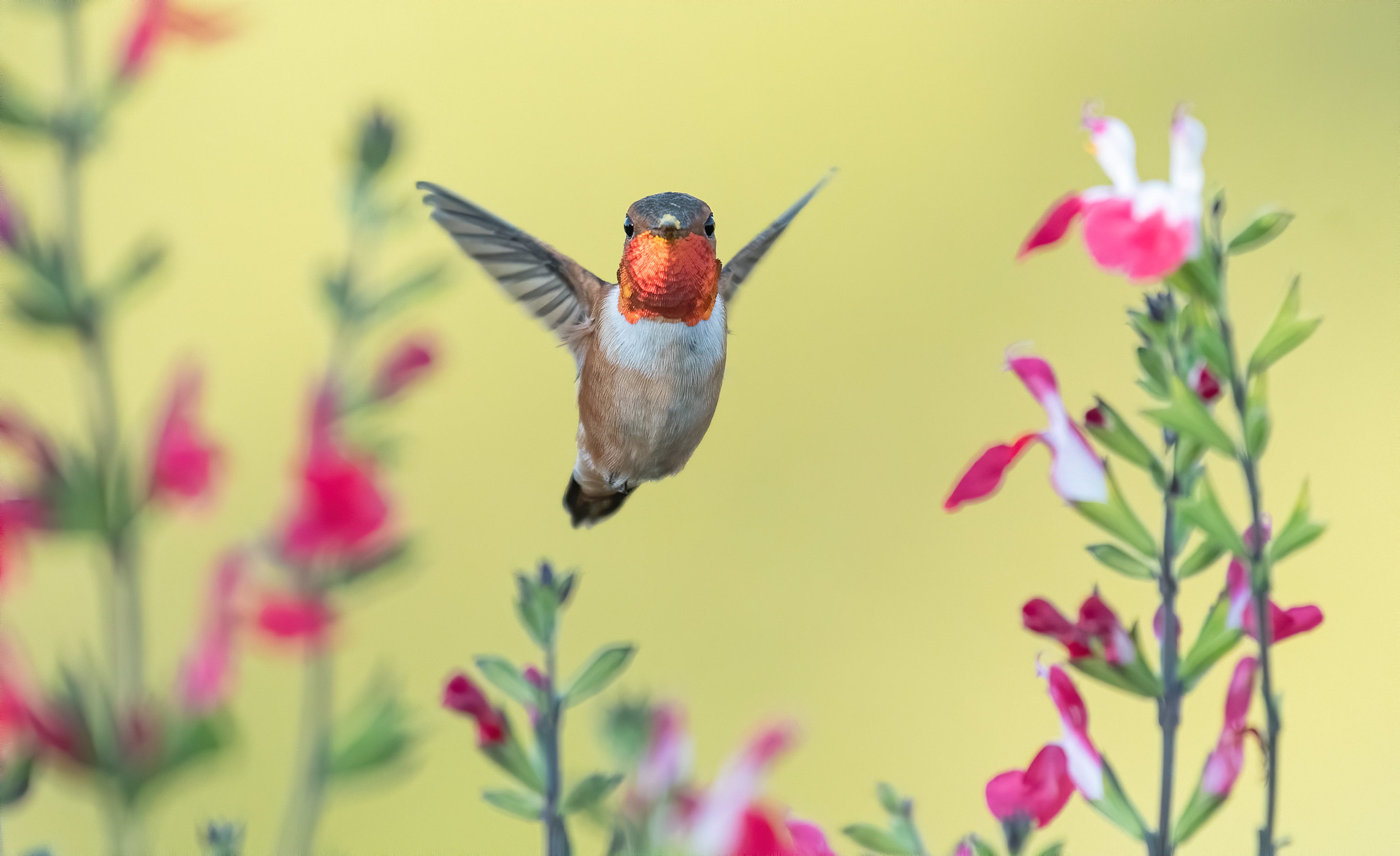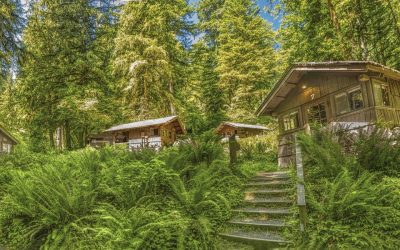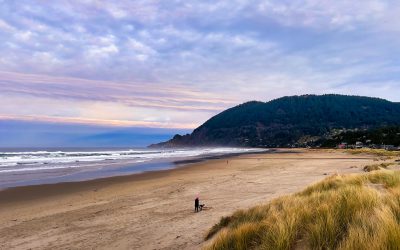There's something truly magical about these pint-sized flying powerhouses. Watching hummingbirds feeding, flitting around, and performing their stunning aerial aerobatics can keep you occupied for hours. Even if you don't happen to have a feeder in your yard (and you should...read on for more info about hummingbird feeders), these tiny hummers can be found almost anywhere in Oregon.
Hummingbirds of Oregon
Let's answer all of your questions about these captivating creatures.
Do hummingbirds stay in Oregon year-round?
Only one species of Trochilidae hangs around Oregon all year, especially if there happens to be a steady food source: the Anna's Hummingbird. These are the ones commonly seen draining your feeders of nectar during the winter.
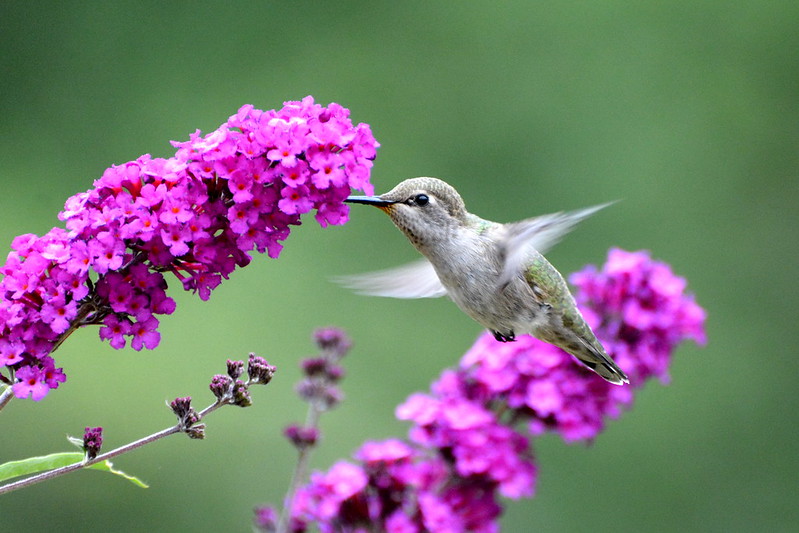
All of the other species to be found in the state will only be here during the warmer months, which means that these little guys are soon to start zipping into our backyard gardens and urban areas. The Rufous Hummingbird is exclusive to the western United States, so this diminutively spicy orange hummer is one to be on the lookout for.
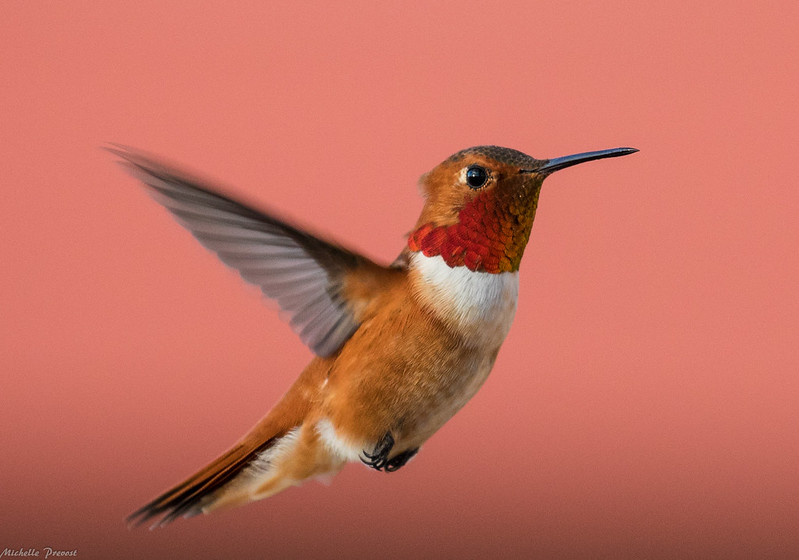
Where do the hummingbirds of Oregon go in the winter?
During the spring and summer, hummingbirds will migrate all the way up into Alaska and Canada, breeding and building their tiny nests in conifer trees. Even though arboreal forests of the PNW are their preferred neighborhoods, these little guys are opportunistic. If you're very lucky, a female may choose to construct her nest in the eaves of your patio or amongst your string lights.
Do you love Oregon?
Sign up for monthly emails full of local travel inspiration and fun trip ideas. In each newsletter we'll share upcoming events, new things to do, hot dining spots and great travel ideas.
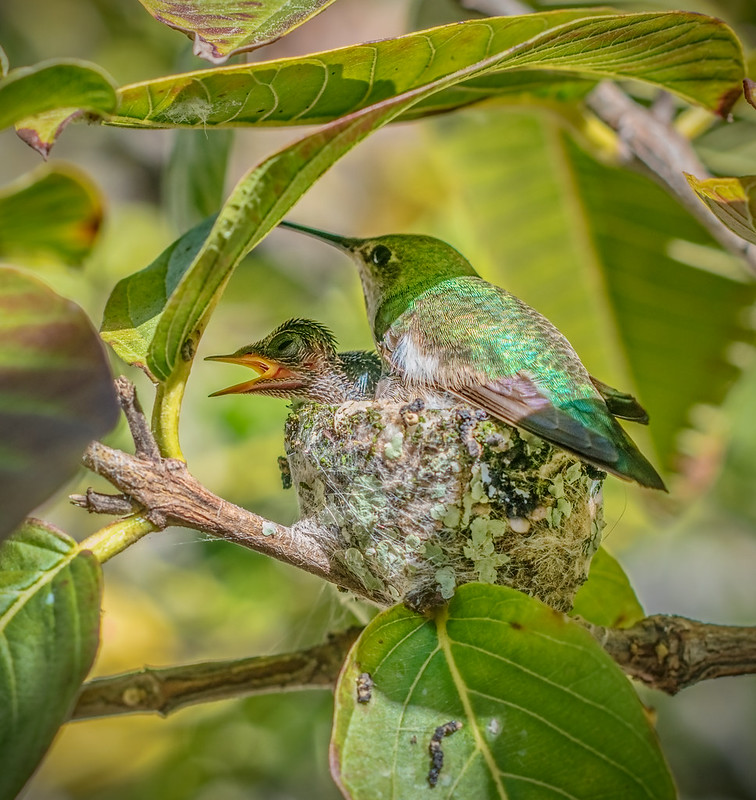
As the chilly Pacific Northwest fall starts to roll in, migratory hummingbirds will begin to pack up and leave for the warm climates of Mexico via the Rocky Mountains. They'll overwinter there in the south before heading north again in the springtime. All in all, this is a 4,000-5,000 mile, clockwise journey of the western US; an amazing feat of resilience for such a minuscule bird, especially since they fly solo. Hummers don't migrate in a flock but prefer to travel alone.
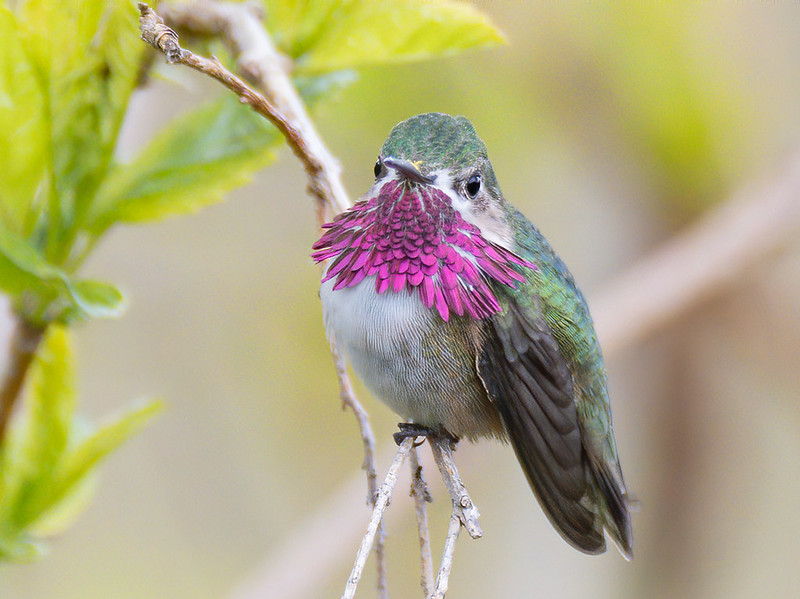
There's much we humans can do to aid them in their migration, including putting out nectar feeders and nesting materials. We'll discuss this in depth near the end of the article.
In the meantime, you can follow (and add to) the Hummingbird Spring Migration Map HERE. Journey North is also a wonderful website where you can keep track of where the little feathered guys are currently being spotted.
How many hummingbird species are in Oregon?
In total, there are seven species of hummingbirds that appear in Oregon:
- Anna's
- Calliope
- Rufous
- Allen's
- Black-Chinned
- Costa's
- Broad-Tailed
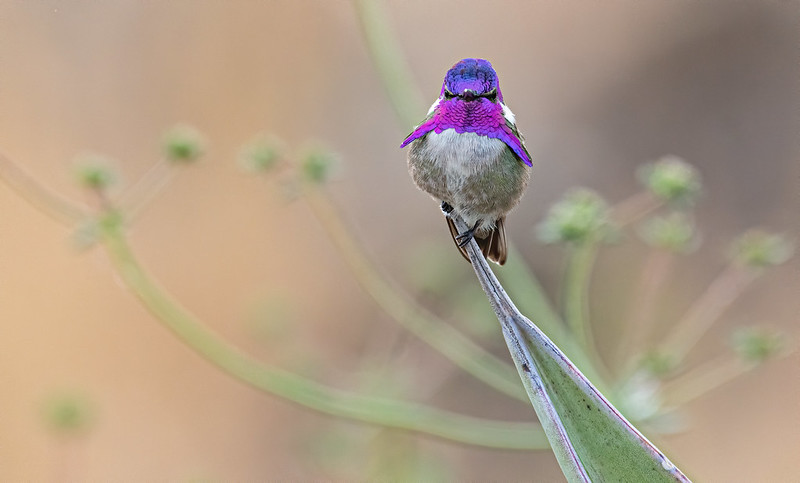
Of these, the Calliope Hummingbird is the smallest native bird species in the United States, only measuring 3-4" long and weighing in at just 2-3 grams. To put that measurement in perspective, a small paperclip weighs two grams, so these little guys are diminutive to say the least. They are also the smallest long-distance migratory bird in the world.
Amazing Facts About Hummingbirds
--Hummers have incredible memories! They will remember and return to the same feeders year after year, meaning that your backyard nectar could serve as a crucial break along their migratory route. They can also remember every flower or feeder they've been to, and how long it will take a bloom to refill with nectar (while I can't even recall what I had for breakfast yesterday).
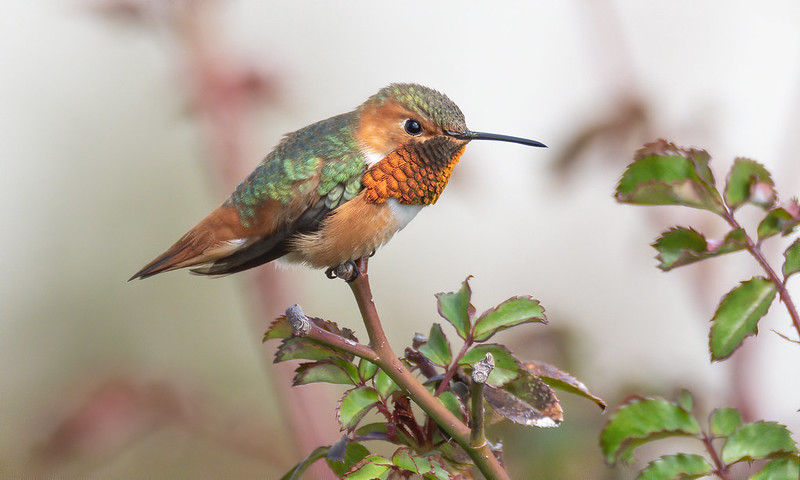
--Their senses are highly developed. Even though hummingbirds have no sense of smell, they can hear better and see further than humans. Their vision spectrum encompasses ultra-violet light, making those bright garden flowers stick out like mini cafeteria homing beacons.
--They're very intelligent. Hummingbird brains make up 4.2% of their body weight. Proportionately, this is the largest out of any wild bird in the world.
--Omnivorous! Even though we frequently associate these little guys with nectar and flowers, hummers supplement their diets with insects and can snatch them out of mid-air. Similar to cats, they have tiny hairs on their tongues that are perfect for lapping up sugar water.
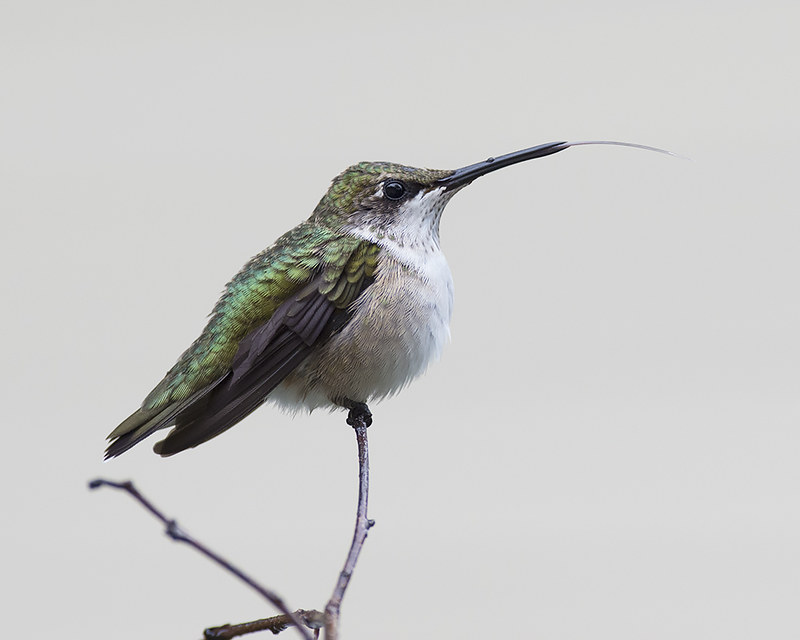
--So fast it's hard to contemplate. A hummingbird's heart beats up to 1,260 times per minute. They fly at an average of 25-30 miles per hour and are able to nosedive in courtship displays at up to 50 miles per hour. Depending on the species, hummers flap their wings 50-80 times per second. This is partly what grants them such incredible agility in flight, and why frequent food sources are so crucial to their survival.
--The metabolism of a hummingbird is 10 times that of an elite Olympic endurance athlete in peak condition.
--When the chips are down, hummers are the ultimate survivalists. Have you been wondering how these miniature helicopters keep going for thousands of miles, through inclement weather and freezing cold nights? Hummingbirds have the ability to enter a hibernation-like state called torpor. Their body processes slow to a fraction of normal speed, their tiny feet lock onto a branch, and they enter deep-sleep mode. Some will even snooze upside down like a bat in this torpor state.
What types of plants attract hummingbirds of Oregon?
When it comes to your backyard or balcony gardens, the brighter and more numerous the better when it comes to blooms that are attractive to hummers. Try placing flowering shrubs and plants directly in the ground or make yourself a potted patio garden. This article by Birds & Blooms has everything you need to know and plan for.
Some Pacific Northwest favorite plants to attract hummingbirds are:
- Fuscia
- Rose Campion
- Butterfly Bush
- Tall Verbena
- Salvia
- Impatiens
- Nasturtium
- Zinnia
- Dahlia
- Indian Paintbrush
- Columbine
- Honeysuckle
- Fireweed
- Camassia
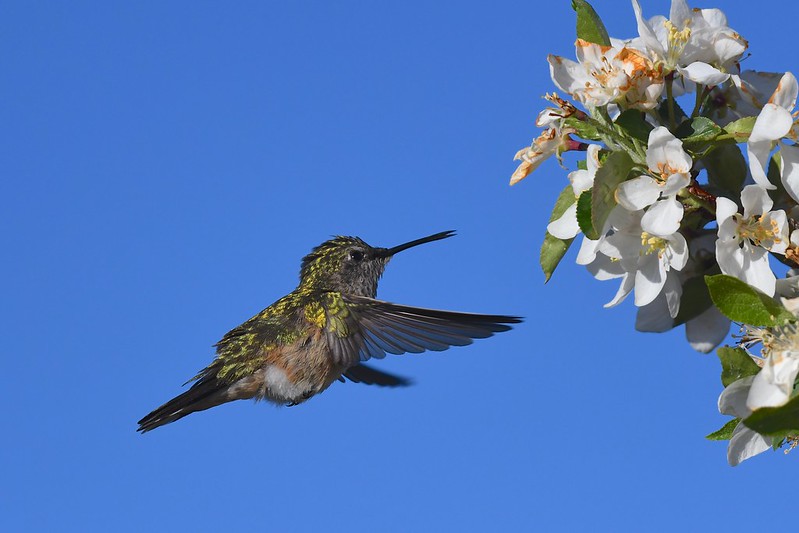
How can I feed hummingbirds?
The number one most important thing to remember for feeding the hummingbirds of Oregon is to never fill your feeders with the red-dyed nectar mix so commonly found for sale in stores. The petroleum-based Red #40 can be harmful to the health of these little feathered buddies. Instead, get yourself a hanging feeder and use the following recipe from Journey North for quick and easy sugar-water goodness.
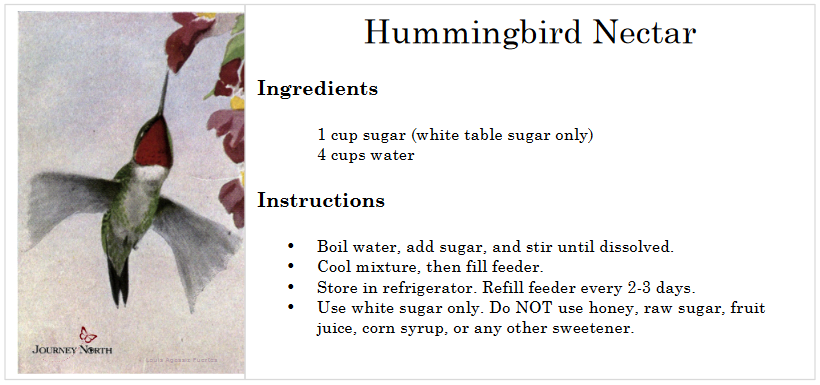
You can also freeze the hummingbird food in sealable containers.
If there are hummingbirds in your area, the bright red of the feeder combined with flowering plants in your yard will be more than enough to guide the hummers in.
When should I hang a hummingbird feeder in Oregon?
Any time of year is a great time to draw hummingbirds to your Oregon yard, just be sure to clean the feeder regularly. Mold can build up quickly and contaminate the nectar, so wash it every week or so with warm water and mild dish soap. Rinse well, fill, and rehang!
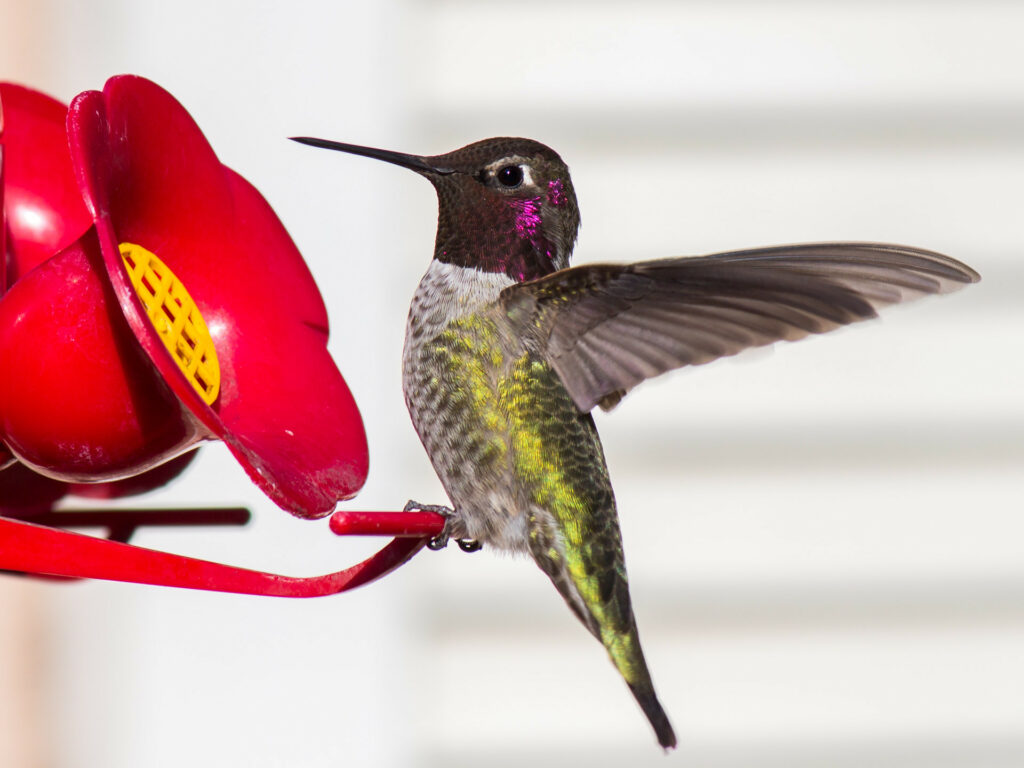
How can I help hummingbirds with their migration?
- Hang Feeders
- Plant lots of flowers that hummers will love
- Buy hummingbird nesting materials like these kits of 100% raw cotton
In conclusion, hummingbirds of Oregon will be swarming through the state soon. Let us know which ones are your favorites. Do you feed the hummingbirds at your house? Spread the hummer-love by sharing this article with your friends.
